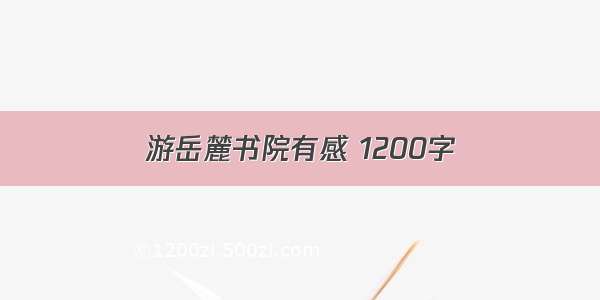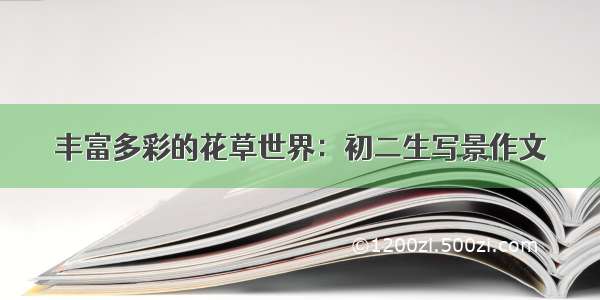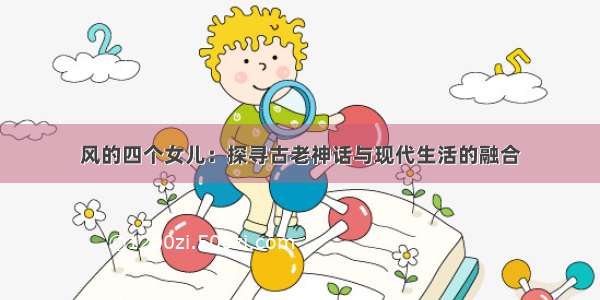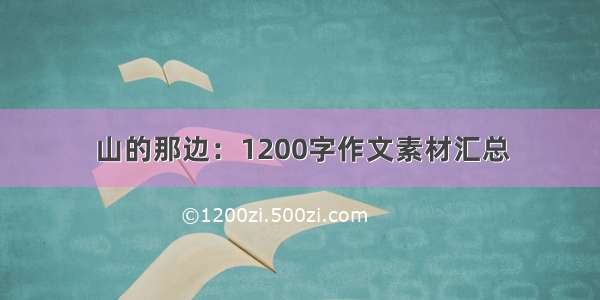
不写这篇文章,我自己都不知道我知道的vue组件传值的方式竟然有11种之多,其实静下来想想,常用的也有五六种,先上一张总结图:
1、父组件传给子组件
在子组件里定义一个props,即props:[‘msg’],msg可以是对象也可以是基本数据类型
如果你想定义一个默认值,即 props:{msg: {type: String, default: ‘hello world’}},
若默认值是对象类型:props: { msg: { type: Object, default: () => { return { name: ‘dan_seek’ } } }}
需要注意的是这种传值是单向的,你无法改变父组件的值(当然引用类型例外);而且如果直接修改props的值会报一个警告。
推荐的写法是在data()里重新定义一个变量(见Children.vue),并把props赋值给它,当然计算属性也行。
Children.vue
<template><section>父组件传过来的消息是:{{myMsg}}</section></template><script>export default {name: "Children",components: {},props:['msg'],data() {return {myMsg:this.msg}},methods: {}}</script>
Parent.vue
<template><div class="parent"><Children :msg="message"></Children></div></template><script>import Children from '../components/Children'export default {name: 'Parent',components: {Children},data() {return {message:'hello world'}},}</script>
2、子组件传给父组件
这里需要使用自定义事件,在子组件中使用this.$emit(‘myEvent’) 触发,然后在父组件中使用@myEvent监听
Children.vue
<template><section><br><div @click="clickme">click me</div></section></template><script>export default {name: "Children",components: {},data() {return {childNum:0}},methods: {clickme(){// 通过自定义事件addNum把值传给父组件this.$emit('addNum',this.childNum++)}}}</script>
Parent.vue
<template><div class="parent">这里是计数:{{parentNum}}<Children-Com @addNum="getNum"></Children-Com></div></template><script>import ChildrenCom from '../components/Children'export default {name: 'Parent',components: {ChildrenCom},data() {return {parentNum: 0}},methods:{// childNum是由子组件传入的getNum(childNum){this.parentNum = childNum}}}</script>
3、兄弟组件间传值
运用自定义事件emit的触发和监听能力,定义一个公共的事件总线eventBus,通过它作为中间桥梁,我们就可以传值给任意组件了。而且通过eventBus的使用,可以加深emit的触发和监听能力,定义一个公共的事件总线eventBus,通过它作为中间桥梁,我们就可以传值给任意组件了。而且通过eventBus的使用,可以加深emit的触发和监听能力,定义一个公共的事件总线eventBus,通过它作为中间桥梁,我们就可以传值给任意组件了。而且通过eventBus的使用,可以加深emit的理解。
EventBus.js
import Vue from 'vue'export default new Vue()
Children1.vue
<template><section><div @click="pushMsg">push message</div><br></section></template><script>import eventBus from './EventBus'export default {name: "Children1",components: {},data() {return {childNum:0}},methods: {pushMsg(){// 通过事件总线发送消息eventBus.$emit('pushMsg',this.childNum++)}}}</script>
Children2.vue
<template><section>children1传过来的消息:{{msg}}</section></template><script>import eventBus from './EventBus'export default {name: "Children2",components: {},data() {return {msg: ''}},mounted() {// 通过事件总线监听消息eventBus.$on('pushMsg', (children1Msg) => {this.msg = children1Msg})}}</script>
Parent.vue
<template><div class="parent"><Children1></Children1><Children2></Children2></div></template><script>import Children1 from '../components/Children1'import Children2 from '../components/Children2'export default {name: 'Parent',components: {Children1,Children2},data() {return {}},methods:{}}</script>
github上还有一个开源vue-bus库,可以参考下: /yangmingshan/vue-bus#readme
4、路由间传值
i.使用问号传值
A页面跳转B页面时使用 this.$router.push(‘/B?name=danseek’)
B页面可以使用 this.$route.query.name 来获取A页面传过来的值
上面要注意router和route的区别
ii.使用冒号传值
配置如下路由:
{path: '/b/:name',name: 'b',component: () => import( '../views/B.vue')},
在B页面可以通过 this.$route.params.name 来获取路由传入的name的值
iii.使用父子组件传值
由于router-view本身也是一个组件,所以我们也可以使用父子组件传值方式传值,然后在对应的子页面里加上props,因为type更新后没有刷新路由,所以不能直接在子页面的mounted钩子里直接获取最新type的值,而要使用watch。
<router-view :type="type"></router-view>
// 子页面......props: ['type']......watch: {type(){// console.log("在这个方法可以时刻获取最新的数据:type=",this.type)},},
5、使用$ref传值
通过$ref的能力,给子组件定义一个ID,父组件通过这个ID可以直接访问子组件里面的方法和属性
首先定义一个子组件Children.vue
<template><section>传过来的消息:{{msg}}</section></template><script>export default {name: "Children",components: {},data() {return {msg: '',desc:'The use of ref'}},methods:{// 父组件可以调用这个方法传入msgupdateMsg(msg){this.msg = msg}},}</script>
然后在父组件Parent.vue中引用Children.vue,并定义ref属性
<template><div class="parent"><!-- 给子组件设置一个ID ref="children" --><Children ref="children"></Children><div @click="pushMsg">push message</div></div></template><script>import Children from '../components/Children'export default {name: 'parent',components: {Children,},methods:{pushMsg(){// 通过这个ID可以访问子组件的方法this.$refs.children.updateMsg('Have you received the clothes?')// 也可以访问子组件的属性console.log('children props:',this.$refs.children.desc)}},}</script>
6、使用依赖注入传给后代子孙曾孙
假设父组件有一个方法 getName(),需要把它提供给所有的后代
provide: function () {return {getName: this.getName()}}
provide 选项允许我们指定我们想要提供给后代组件的数据/方法
然后在任何后代组件里,我们都可以使用inject来给当前实例注入父组件的数据/方法:
inject: ['getName']
Parent.vue
<template><div class="parent"><Children></Children></div></template><script>import Children from '../components/Children'export default {name: 'Parent',components: {Children,},data() {return {name:'dan_seek'}},provide: function () {return {getName: this.name}},}</script>
Children.vue
<template><section>父组件传入的值:{{getName}}</section></template><script>export default {name: "Children",components: {},data() {return {}},inject: ['getName'],}</script>
7、祖传孙 $attrs
正常情况下需要借助父亲的props作为中间过渡,但是这样在父亲组件就会多了一些跟父组件业务无关的属性,耦合度高,借助$attrs可以简化些,而且祖跟孙都无需做修改
GrandParent.vue
<template><section><parent name="grandParent" sex="男" age="88" hobby="code" @sayKnow="sayKnow"></parent></section></template><script>import Parent from './Parent'export default {name: "GrandParent",components: {Parent},data() {return {}},methods: {sayKnow(val){console.log(val)}},mounted() {}}</script>
Parent.vue
<template><section><p>父组件收到</p><p>祖父的名字:{{name}}</p><children v-bind="$attrs" v-on="$listeners"></children></section></template><script>import Children from './Children'export default {name: "Parent",components: {Children},// 父组件接收了name,所以name值是不会传到子组件的props:['name'],data() {return {}},methods: {},mounted() {}}</script>
Children.vue
<template><section><p>子组件收到</p><p>祖父的名字:{{name}}</p><p>祖父的性别:{{sex}}</p><p>祖父的年龄:{{age}}</p><p>祖父的爱好:{{hobby}}</p><button @click="sayKnow">我知道啦</button></section></template><script>export default {name: "Children",components: {},// 由于父组件已经接收了name属性,所以name不会传到子组件了props:['sex','age','hobby','name'],data() {return {}},methods: {sayKnow(){this.$emit('sayKnow','我知道啦')}},mounted() {}}</script>
显示结果
父组件收到
祖父的名字:grandParent
子组件收到
祖父的名字:
祖父的性别:男
祖父的年龄:88
祖父的爱好:code
8、孙传祖
借助$listeners中间事件,孙可以方便的通知祖,代码示例见7
9、$parent
通过parent可以获父组件实例,然后通过这个实例就可以访问父组件的属性和方法,它还有一个兄弟parent可以获父组件实例,然后通过这个实例就可以访问父组件的属性和方法,它还有一个兄弟parent可以获父组件实例,然后通过这个实例就可以访问父组件的属性和方法,它还有一个兄弟root,可以获取根组件实例。
语法:
// 获父组件的数据this.$parent.foo// 写入父组件的数据this.$parent.foo = 2// 访问父组件的计算属性this.$parent.bar// 调用父组件的方法this.$parent.baz()
于是,在子组件传给父组件例子中,可以使用this.$parent.getNum(100)传值给父组件。
10、sessionStorage传值
sessionStorage 是浏览器的全局对象,存在它里面的数据会在页面关闭时清除 。运用这个特性,我们可以在所有页面共享一份数据。
语法:
// 保存数据到 sessionStoragesessionStorage.setItem('key', 'value');// 从 sessionStorage 获取数据let data = sessionStorage.getItem('key');// 从 sessionStorage 删除保存的数据sessionStorage.removeItem('key');// 从 sessionStorage 删除所有保存的数据sessionStorage.clear();
注意:里面存的是键值对,只能是字符串类型,如果要存对象的话,需要使用 let objStr = JSON.stringify(obj) 转成字符串然后再存储(使用的时候 let obj = JSON.parse(objStr) 解析为对象)。
这样存对象是不是很麻烦呢,推荐一个库 good-storage ,它封装了sessionStorage ,可以直接用它的API存对象
// localStoragestorage.set(key,val) storage.get(key, def)// sessionStoragestorage.session.set(key, val)storage.session.get(key, val)
更多请移步:/ustbhuangyi/storage#readme
11、vuex
这里我也不打算介绍这个大名鼎鼎的vuex怎么用,因为要把它写清楚篇幅太长了…
如果您不打算开发大型单页应用,使用 Vuex 可能是繁琐冗余的。确实是如此——如果您的应用够简单,您也许不需要使用 Vuex。














